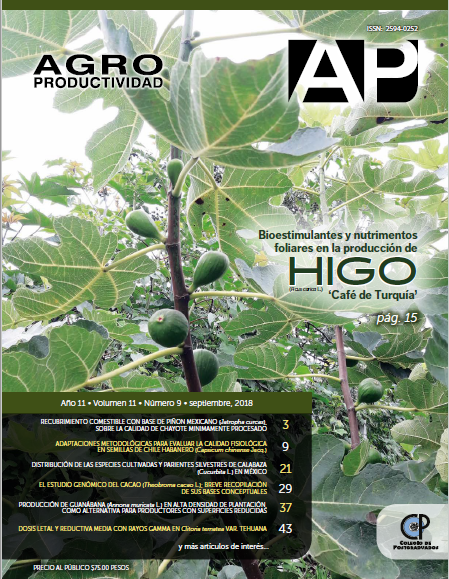EDIBLE BAMBOO (Bambusoideae): PROMISING CROP FOR MEXICO
Main Article Content
Keywords
bamboo shoot, edible bamboo, consumption, Veracruz, Puebla, Mexico.
Abstract
Bamboos (Bambusoideae) are plants that grow naturally in tropical and temperate climates, with the exception of Europe and Western Asia. Presently, bamboo has become a prominent sustainable forestry alternative considered of high economic, social and cultural importance. Its use as food (shoot) is one of the least popular; the edible part is the regrowth and only in Veracruz, Mexico, is the native species, Guadua longifolia, consumed as well as the introduced species, Bambusa oldhamii. The bamboo shoot is the young regrowth that, if not harvested, will grow in 3-4 months to an adult stalk. The shoots usually emerge during the rainy season, and are harvested when they have an average height of 20-30 cm. The bamboo shoot contains approximately 1.3- 2.3 g of protein, 0.3 to 0.4% of fat, 0.5-0.77 of fiber, vitamins B
and C, calcium, phosphorus and iron for every 100 g of edible portion. The total energetic value per 100 grams of edible portion is 118-197 Joules. A first approach to this agroforestry alternative in its edible phase is shown.

